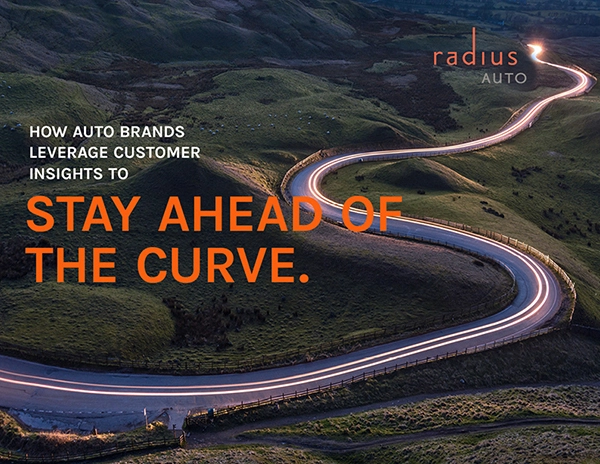Across different types of consumers, regardless of the product category, brand affinity remains an important aspect of purchase decisions. This is always true for car buyers — for some the brand is an extension of how they want the world to see them, as well as a means of transport for them and their family. But is there a tipping point where brand affinity changes, or ceases to remain one of the main critical purchase factors?
A shifting market creates a climate where customers reconsider their options.
The landscape is changing for auto consumers. There are more choices on offer from new brands and updated models to decisions about which fuel source to consider. Consumers also have more choices than ever before across vehicle types from small compact city vehicles to larger SUVs, and from the more cost-effective end of the market to luxury brands.
Used car pricing continues to increase due to supply issues and demand — the production of new cars was stifled by lockdowns and supply-chain issues, along with Russia’s invasion of Ukraine and the global semiconductor shortages. All this is compounded by challenges to consumer spending power due to high energy and food prices which continue to put pressure on household budgets.
For the automotive industry we see this played out dramatically in the servicing and parts departments across regions. Consumers who have bought your new or used vehicle are now facing higher maintenance costs to keep the vehicle on the road, a factor which our research has shown can impact their brand affinity.
Auto brands must cultivate customer loyalty over the lifetime of the vehicle.
Our work has shown us that consumers continue to assess a car brand’s quality and value long after the vehicle purchase. Consumers are increasingly savvy about researching parts and prices. If they can locate a commodity item such as a car battery at a lower price, many are asking themselves, why would they pay a premium for an OEM branded battery, particularly if there is no obvious benefit attached to the additional cost?
The landscape is changing for auto consumers. There are more choices on offer from new brands and updated models to decisions about which fuel source to consider.”
Consumers can quickly find blogs and video content online that shows them the interchangeability of parts along with the surprising fluctuations in prices for the same parts across sellers. In one extreme example, an ashtray insert from a supercar was priced at several hundred dollars, but the part was from a standard manufacturer and could be bought for less than $50. Exactly the same part. Whilst most consumers can only dream of having a supercar, it does still raise the question of justifiable pricing, and makes consumers look for value.
Research insights provide direction to take the best action for the long term.
Brand insights that lead to sustained growth are at the heart of what we provide our clients across the Auto sectors. Understanding how consumers think of brands, how elements such as servicing and parts impact customer loyalty, and considering the new car buyers as well as those who are looking to buy a used vehicle, can help you determine how parts and long-term servicing impact your brand perceptions. Cultivating trust and brand loyalty across categories will help your brand, particularly among younger owners who will grow into new car customers as their finances improve. Remaining focused on growth strategies powered by insights helps you evolve your brand positioning and build broader brand equity to drive long-term growth amongst existing, new, and potential customers.






